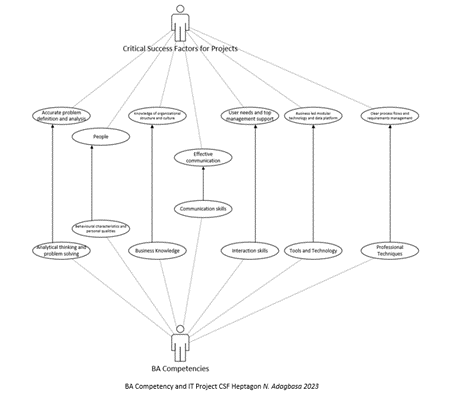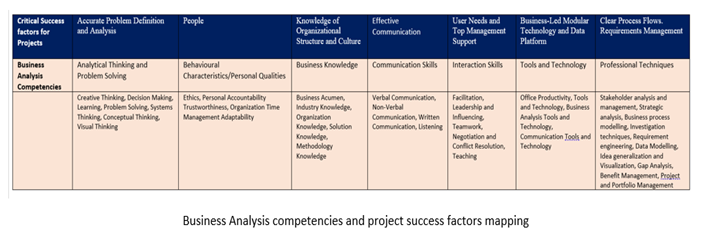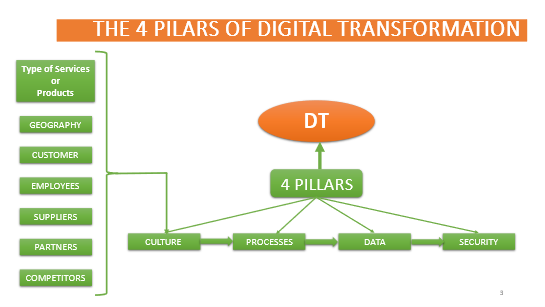Secure or Sorry: From Gym Lockers to Cybersecurity
I’m a member of a local gym, and a few weeks ago I noticed that they were maintaining the lockers in the changing rooms. The lockers are pretty standard metal boxes, and members bring their own padlocks for added security.
I’d noticed for months that the latch mechanisms had been getting very loose, so I was glad to see maintenance happening. The staff member doing the maintenance was chatting to another member, and I overheard him say that there had been a whole series of thefts the previous week. Accordingly, they were ramping up security, including turning on the keycode lock on the changing rooms (members each have a PIN code which can be used to access the facilities, but was usually switched off during the day).
I suddenly felt a real perception of risk, to the point that I decided not to leave my house keys in the locker, but take them with me onto the gym floor. I’m now even more cautious when closing my padlock, to make sure it’s properly secure.
The Horse Had Left The Stable
While all of those personal security measures are useful, the gym (and I) were only prompted to review our security posture after an incident had occurred. The thieves had probably long gone, and had moved onto a different gym. Perhaps they even tour the country, buying day passes, finding the gyms with weak security. Who knows. Not only this, but the gym had increased its security, so my possessions were probably the safest they’d ever been. Yet I felt the most uncomfortable I ever had.
Ironically, the time I was most at risk (the previous week, when security was lapse and thieves were at the gym) I was blissfully unaware, the risk wasn’t particularly on my radar. I may have been happily running on a treadmill at the very moment a thief was breaking into a locker and stealing someone’s property.
This pattern of the gym increasing security after an incident occurred might be seen as a classic case of ‘closing the stable door after the horse had bolted’. However, it’s not that simple—reacting to a security threat after an incident occurred is still valuable, as it will prevent a similar thing from happening again. I suppose it is more akin to closing the door after one of your three horses has bolted. Not as good as closing the door earlier, but better than continuing to leave it open…
Advertisement
Predictable With 20/20 Hindsight
The thing which struck me about the locker thefts is that it was completely predictable with hindsight. The latch mechanisms on some lockers were so loose it’s easy to see how they could be overcome. Not only this, a culture of trustworthiness (which is lovely) had emerged. People would leave their expensive coats out, and some people wouldn’t even use padlocks at all.
As my father used to say “it only takes one bad apple”. And as time goes on, it seems statistically likely that the bad apple will emerge.
It’s Not Just Lockers: Information & Cybersecurity
This pattern of trustworthiness and complacency doesn’t just exist in gyms, it can also be an issue within organizations. If you haven’t had a data breach, then security of data might seem an irritating formality, or it might not feel as ‘real’ as some other more proximate risks. However, the fact is that there are hostile actors out there targeting companies just like yours and mine.
I’ll bet in most organizations there’s at least one application that is creaking at the edges, is out of support (or nearly out of support), or an application where there’s a maintenance patch needed, but that’s not seen as a priority just yet. Or an application that’s been customized so much it’s not on the official upgrade path any more. Upgrading it or replacing it has always been seen as important but not urgent, so it’s left there, collecting more and more dust. Might there be some security vulnerabilities there? Perhaps it’s like an insecure gym locker, fine for the moment, but once a ‘bad apple’ finds it there will be chaos… and that single vulnerability might gain them wider access to all sorts of systems and information.
It’s not just about customer data either. Do you know what your organization’s key intellectual property is? Where it’s stored? Who can access it? Where it’s backed up and archived? In many organizations it’s spread out, with key information that yields competitive advantage mixed with more routine stuff, all dumped in a folder or repository of some type… Hopefully someone from ‘corporate IT’ is backing it up. Let’s hope so, eh?
Security Matters: Business, Process & IT
There is sometimes a perception that information and cybersecurity is an ‘IT thing’. The reality is so much wider than that. The weakest link might not be the tech, but the person operating the tech who receives a call out of the blue by someone they believe to be a colleague (but is actually a hostile actor engaging in ‘social engineering’ to gain information).
This has wide implications for business analysis. Security needs to be built into IT systems and processes from the very beginning. It’s important to think “who might be trying to gain unauthorized access to this, how would they do it, and how will we prevent it?”. It’s important to think about the types of information and data held, its sensitivity and the impact if it were to be damaged or disclosed. This will lead to specific requirements and acceptance criteria around these aspects. It will likely lead to a BA asking challenging questions, which might include “is this the right thing to do, right now, when we have a security vulnerability over here?”
Most of all, while things might be calm now, there might be a storm waiting round the corner. It is the calm times when a little investment in the ‘important but not urgent’ will save a lot of headaches in the future. And surely that’s worthwhile?







